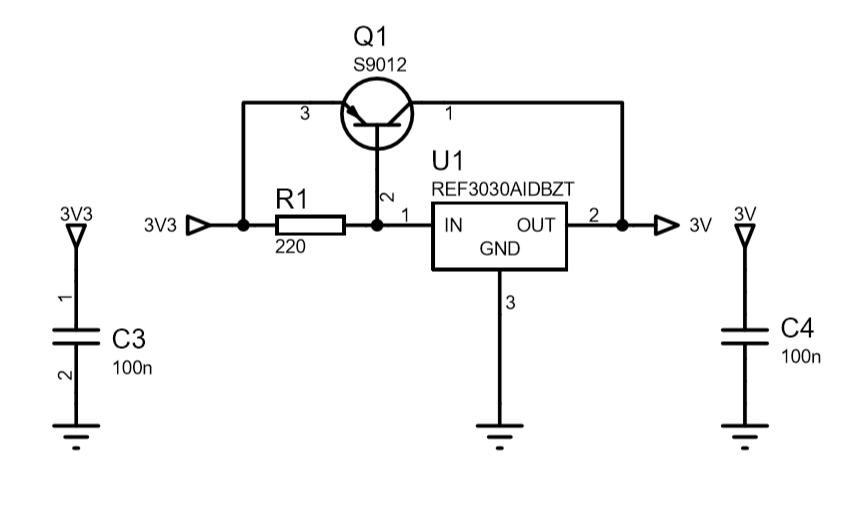Other Parts Discussed in Thread: REF102
Hi, I would like to take some doubts about the current capacity of the REF3030.
In my application I have 6 loads of 350 ohms that will be powered by 3V, so the total drained current will be almost 52mA.
I know that the maximum output current of the REF3030 is 25 mA and the voltage drop will be 300mV, I also know that the REF3030 has a buffer inside its output to provide the maximum current of 25mA.
Having seen all these points, I would like to know if there is any problem in putting 3 REF3030 in parallel to supply the 52mA I need.
I could supply 2 loads in each REF3030, but my intention is to create a unique 3V power plane.
Thank you everyone attention!




